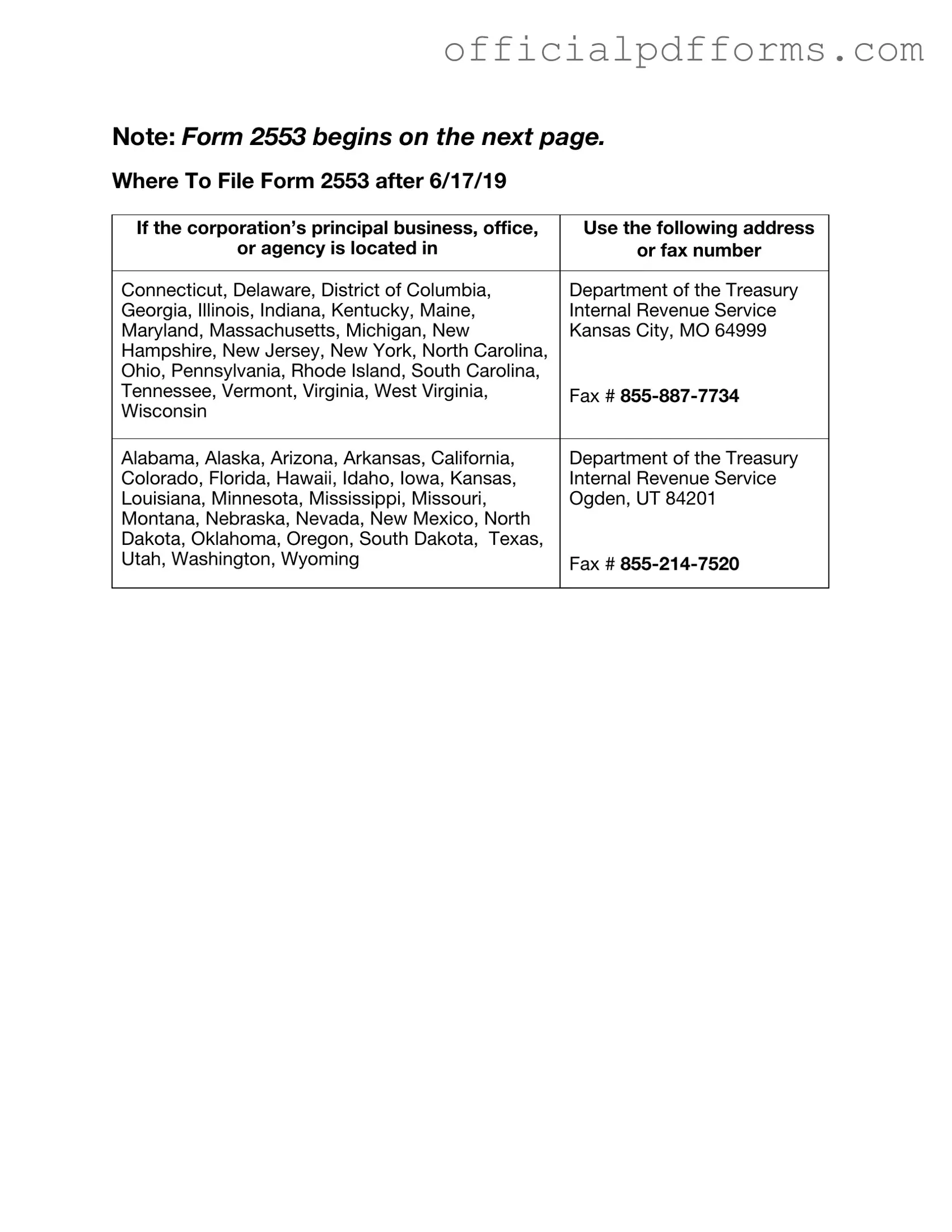The IRS Form 2553 is a crucial document for small business owners who wish to elect S Corporation status for their corporation or limited liability company (LLC). By filing this form, a business can choose to be taxed as an S Corporation, which can provide certain tax benefits, including avoiding double taxation on corporate income.
To be eligible to file Form 2553, a business must meet several requirements:
-
The entity must be a domestic corporation or an eligible LLC.
-
It must have no more than 100 shareholders.
-
All shareholders must be individuals, certain trusts, or estates. Partnerships and corporations cannot be shareholders.
-
The business must have only one class of stock.
If these criteria are met, the business can proceed with the election by submitting Form 2553 to the IRS.
Form 2553 should generally be filed within two months and 15 days after the beginning of the tax year when the S Corporation election is to take effect. For new businesses, this often means filing the form shortly after incorporation. If the deadline is missed, the business may still be able to request late election relief under certain conditions.
Form 2553 requires several pieces of information, including:
-
The name, address, and Employer Identification Number (EIN) of the corporation or LLC.
-
The date of incorporation or formation.
-
The tax year the business intends to use.
-
Information about all shareholders, including their names, addresses, and Social Security numbers.
-
A statement confirming that all shareholders consent to the S Corporation election.
Accurate and complete information is vital to avoid delays or issues with the election process.
What are the benefits of electing S Corporation status?
Electing S Corporation status can offer several advantages, including:
-
Pass-through taxation, meaning that income is only taxed at the shareholder level, avoiding double taxation.
-
Potential savings on self-employment taxes, as only salaries paid to shareholders are subject to these taxes.
-
Increased credibility with customers and suppliers, as S Corporations often appear more established than sole proprietorships or partnerships.
These benefits can significantly enhance the financial health of a business.
If the IRS does not approve the S Corporation election, the business will be taxed as a C Corporation by default. This means the company will face double taxation on its profits—once at the corporate level and again at the individual level when dividends are distributed to shareholders. If there are issues with the form, the IRS will typically notify the business, allowing for corrections or further action.
Yes, a business can revoke its S Corporation election by filing a statement with the IRS. This revocation can be made at any time, but it is often effective for the tax year in which it is filed. Shareholders must also consent to the revocation. It’s important to consider the implications of revoking S Corporation status, as it may affect the business's tax situation moving forward.
